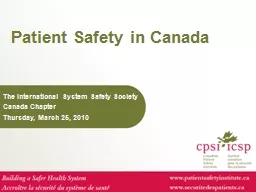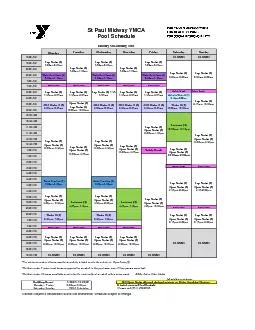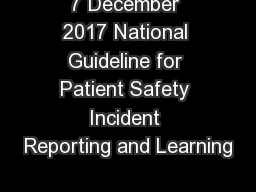PPT-Patient Safety in Canada
Author : marina-yarberry | Published Date : 2019-11-29
Patient Safety in Canada The International System Safety Society Canada Chapter Thursday March 25 2010 Botched tests cast doubts on cancer screening Beverly is one
Presentation Embed Code
Download Presentation
Download Presentation The PPT/PDF document "Patient Safety in Canada" is the property of its rightful owner. Permission is granted to download and print the materials on this website for personal, non-commercial use only, and to display it on your personal computer provided you do not modify the materials and that you retain all copyright notices contained in the materials. By downloading content from our website, you accept the terms of this agreement.
Patient Safety in Canada: Transcript
Download Rules Of Document
"Patient Safety in Canada"The content belongs to its owner. You may download and print it for personal use, without modification, and keep all copyright notices. By downloading, you agree to these terms.
Related Documents














